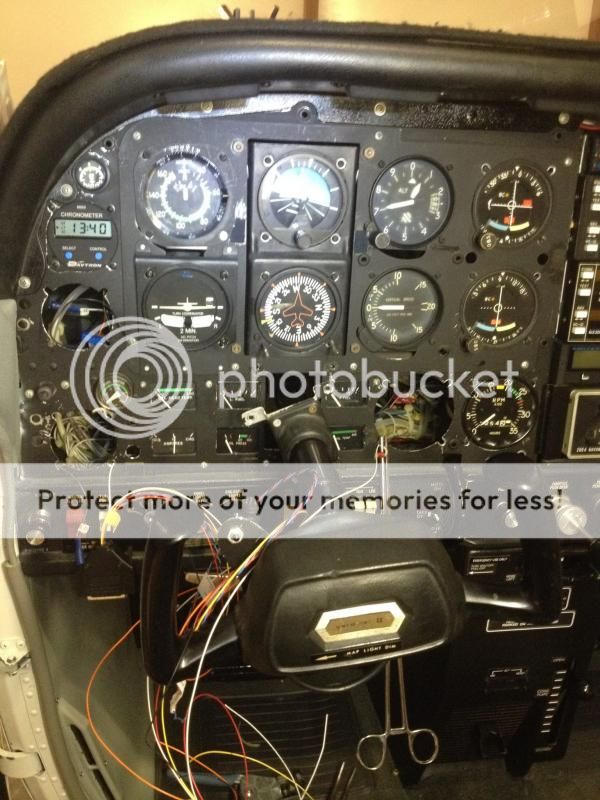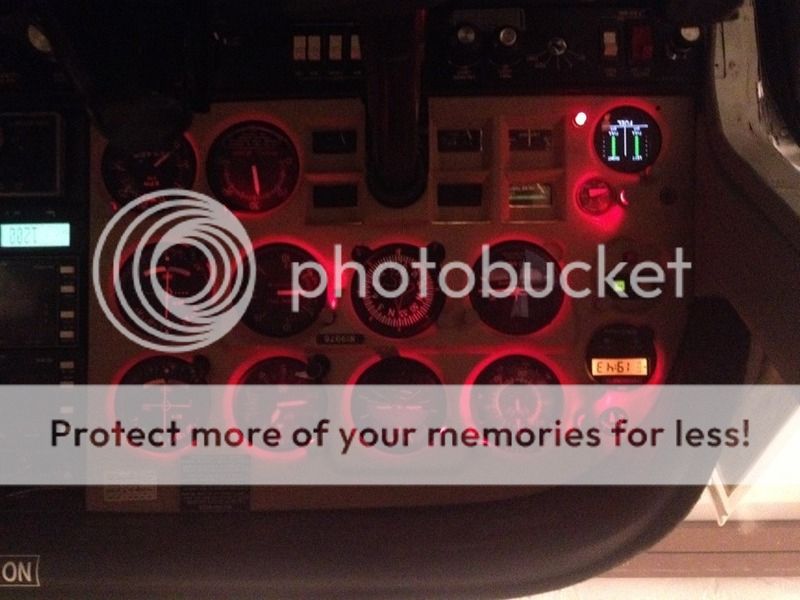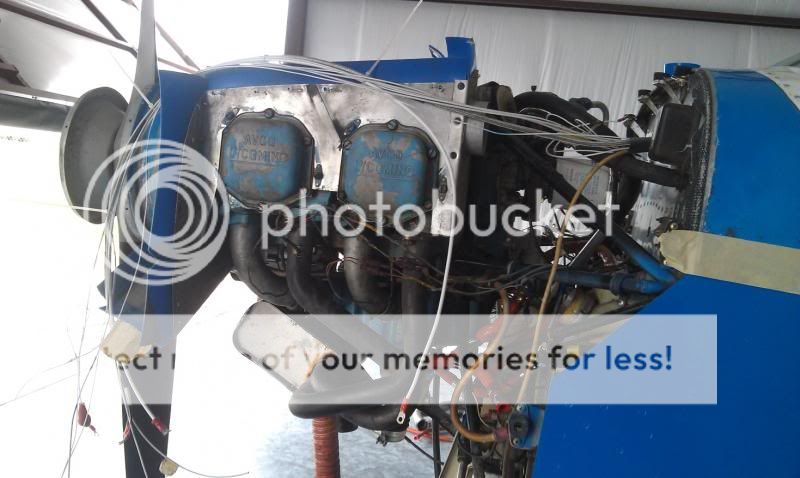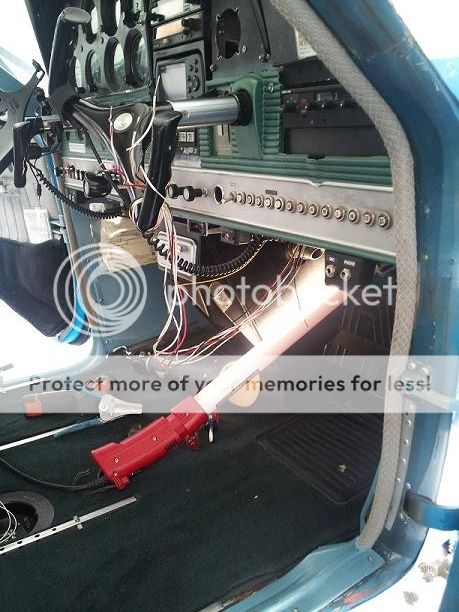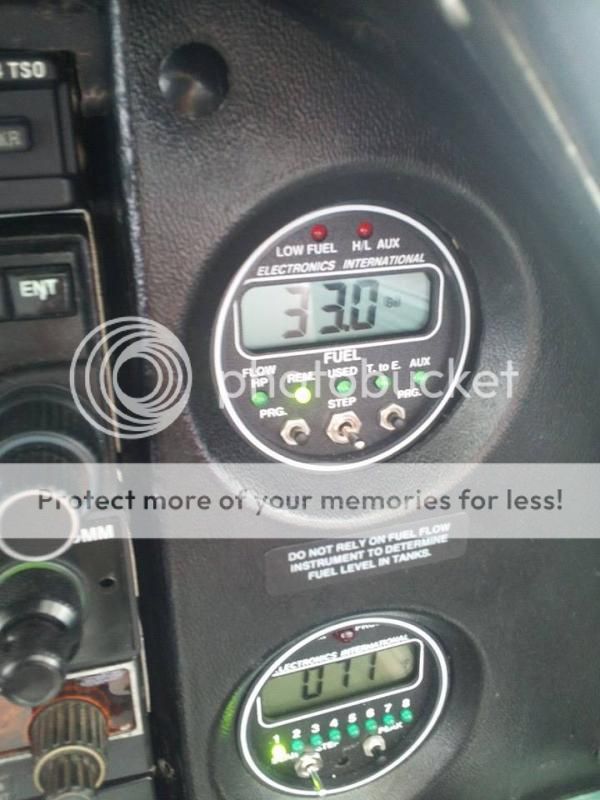Unit74
Final Approach
- Joined
- Mar 8, 2014
- Messages
- 6,992
- Display Name
Display name:
Unit74
http://buy-ei.com/portfolio/asc-5a/
EI panel mounted clock. Takes up a standard size hole. I want my AP to install at annual, but can he legally?
EI panel mounted clock. Takes up a standard size hole. I want my AP to install at annual, but can he legally?



